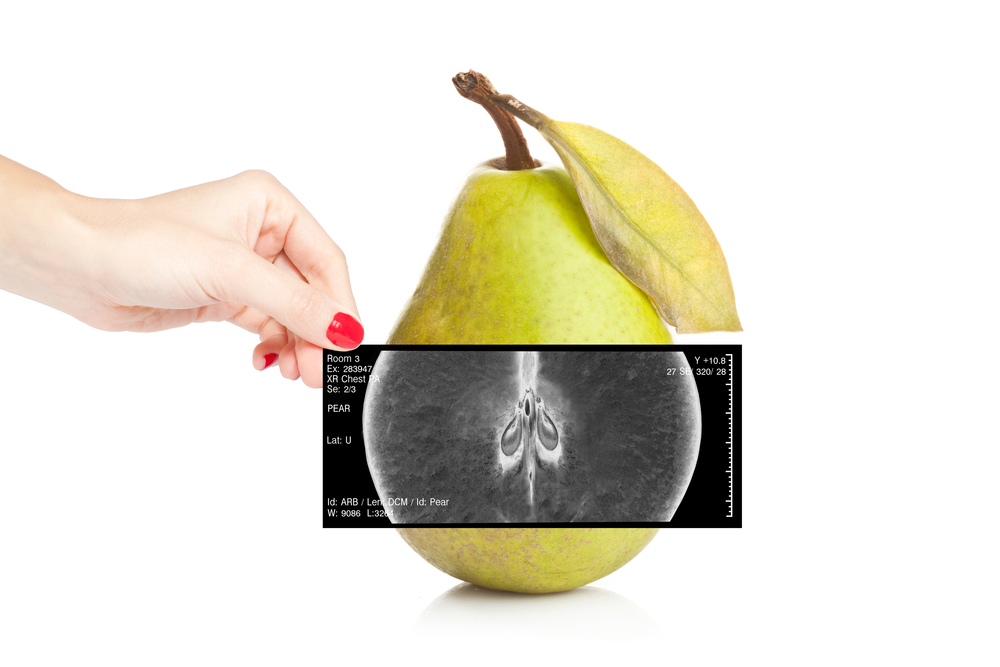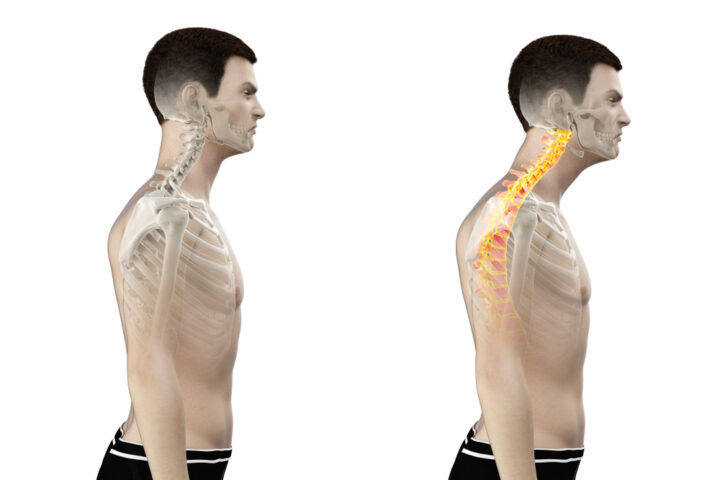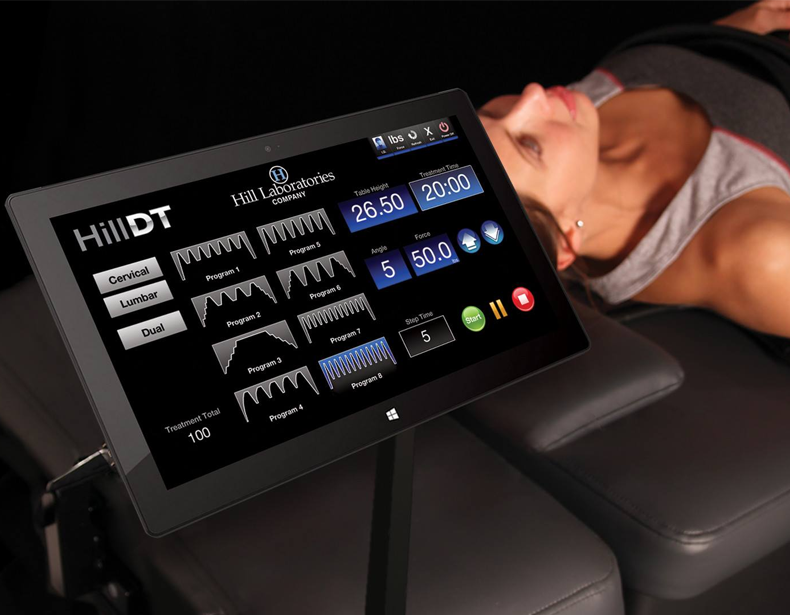It seems that the MRI is preferred over the X-ray these days but are either really necessary for Lower Back Pain? And what is the difference?
The most common reason for visits to a GP or Allied Health Care professional is for relief from Lower Back Pain (LBP). Most conditions are not serious and will right themselves within a few days or weeks. Most temporary conditions, although very painful, are caused by postural issues, repetitive strain or from lifting/moving in a way that causes muscles or ligaments to be damaged. With minimally invasive manual treatments and over the counter pain medications, these conditions will usually heal themselves over a short period of time.
Do I Need an X-ray or MRI
If your LBP is the result of traumatic injury or accident, then yes, you will need some imaging for a diagnosis, but if it isn’t, then probably not in the short term.
Your doctor will evaluation your LBP symptoms with a physical and neurological examination, taking into account your medical history and other health issues, to determine any need for spinal imaging. It is only if the doctor feels the need to confirm their diagnosis that they will order imaging. In most cases it is not necessary.
If your doctor considers imaging is necessary to assist in the diagnosis of your condition they will decide whether an X-ray or an MRI are most appropriate.
Soft tissue and ligament injuries can take up to 12 weeks to heal themselves so during this time manual therapies combined with some forms of rest and targeted exercise will best give your body a chance to heal itself.
If your pain has persisted for longer than a few months, and you have tried the manual therapies, exercises and rest, without benefit, your doctor may order some imaging to confirm a diagnosis.
The Difference Between X-ray and MRI
The simple difference between X-ray (radiograph) and MRI (magnetic resonance imaging) is that one uses radiation whilst the other uses magnetic forces.
The X-ray is best when looking at bony structures rather than soft tissue injuries.
The MRI, on the other hand, provides a 2 dimensional views of both the bones and the soft tissues. Dye can sometimes be injected to improve the quality of the image.
X-rays do deliver a dose of radiation and although this is not high, it should be considered – especially when directed to the lower back where certain organs may be more sensitive to radiation exposure.
MRIs used to be price prohibitive however these days, although they are significantly more expensive than X-rays, they are more affordable.
What Symptoms and Conditions Would Most Likely Require Imaging
Neurological symptoms
LBP with referred pain down into the buttocks and legs (sciatica)
Reflex issues in the lower body
Tingling, pins and needles or numbness
The inability to lift a foot (Foot Drop)
Loss or difficulties with bowel and/or bladder control
Existing Medical Conditions
Cancer
Diabetes
Osteoporosis
Previous spinal issues
Previous spinal surgery
Use of some prescribed drugs
In Summary
Not all LBP will require an X-ray or MRI. Most will respond to manual therapies, exercises, over the counter pain medications and some rest.
Pain as a result of a traumatic injury or accident will most likely require some imagery to confirm the damage.
Conditions which do not respond to manual therapies and rest for longer than 3 months will probably require imagery to confirm diagnosis.
Different practitioners will require different imaging however MRIs, although more expensive, do not deliver harmful radiation and can give insight into soft tissue issues.
Issues which have not responded for over 3 months, especially those with referred pain into the arms or legs, may also benefit from Non Surgical Spinal Decompression. This is especially the case where imaging indicates a bulging or herniated disc with impingement to the nerves. This treatment can be a real alternative to invasive surgery.








